



Identifying vital elements of a cleaning device is essential for effective maintenance and optimal performance. The engine serves as the powerhouse; it generates the necessary force to propel water at high pressure, ensuring effective removal of dirt and grime.
The water pump is another key component, regulating the flow and pressure of the water. It’s instrumental in determining the cleaning power, so ensuring it’s durable and efficient is paramount for sustaining your unit’s performance over time.
Additionally, the spray gun serves as the user’s interface with the machine, allowing control over water flow and pressure. Opting for a model with adjustable nozzles can enhance versatility and adapt to various cleaning tasks, from gentle rinsing to heavy-duty blasting.
Don’t overlook the importance of hoses and connectors; they facilitate the swift movement of water while maintaining high-pressure levels. Regularly inspecting these fittings prevents leaks and ensures uninterrupted performance during use.
Understanding these elements enhances your ability to select, operate, and maintain your cleaning device effectively, ensuring every task is completed with precision. Each component plays a unique role in delivering optimal cleaning results.
Understanding Motor Types in Pressure Cleaners
When selecting a cleaning unit, focus on the motor type, as it directly impacts performance. Two main categories exist: electric and gas motors. Each has its specifications and preferred usage scenarios.
Electric Motors
Electric versions are commonly lighter, quieter, and easier to maintain. They are optimal for household tasks, such as cleaning vehicles, patios, and garden furniture. Their ease of use makes them perfect for novice users. However, they are usually limited to lower pressure levels, typically between 1300 to 2000 PSI.
Gas Motors
Gas-powered alternatives deliver higher pressure, usually ranging from 2000 to 4000 PSI, making them suited for heavy-duty tasks like cleaning large surfaces or removing stubborn stains. They offer portability, free from cord restrictions, ideal for outdoor use. While maintenance is more demanding than electric counterparts, their power allows for extensive and challenging jobs.
| Motor Type | Typical PSI Range | Best Use Cases |
|---|---|---|
| Electric | 1300 – 2000 | Light-duty cleaning (vehicles, patios) |
| Gas | 2000 – 4000 | Heavy-duty cleaning (driveways, industrial surfaces) |
Choosing appropriately based on your needs will enhance efficiency and simplify the task at hand. Evaluate your requirements and select the right motor for optimal outcomes.”
Identifying Pump Components and Their Functions
The heart of any cleaning machine lies within its pump. Familiarity with its components is paramount for maintenance and troubleshooting. Key components to recognise include:
Cylinder
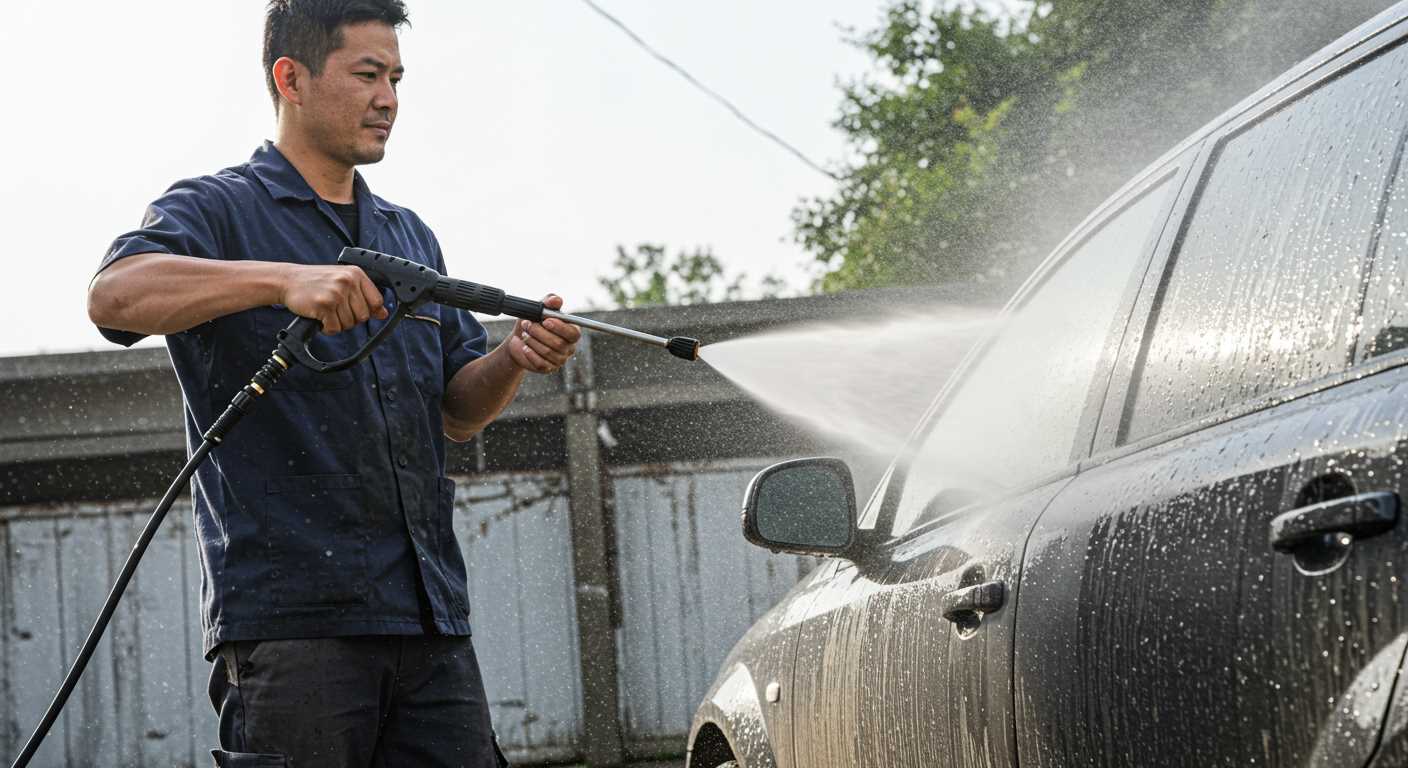
The cylinder houses the plunger and acts as the main working chamber. Its shape and size dictate the unit’s pressure output. For optimal performance, ensure the cylinder is free from debris and wear.
Plunger
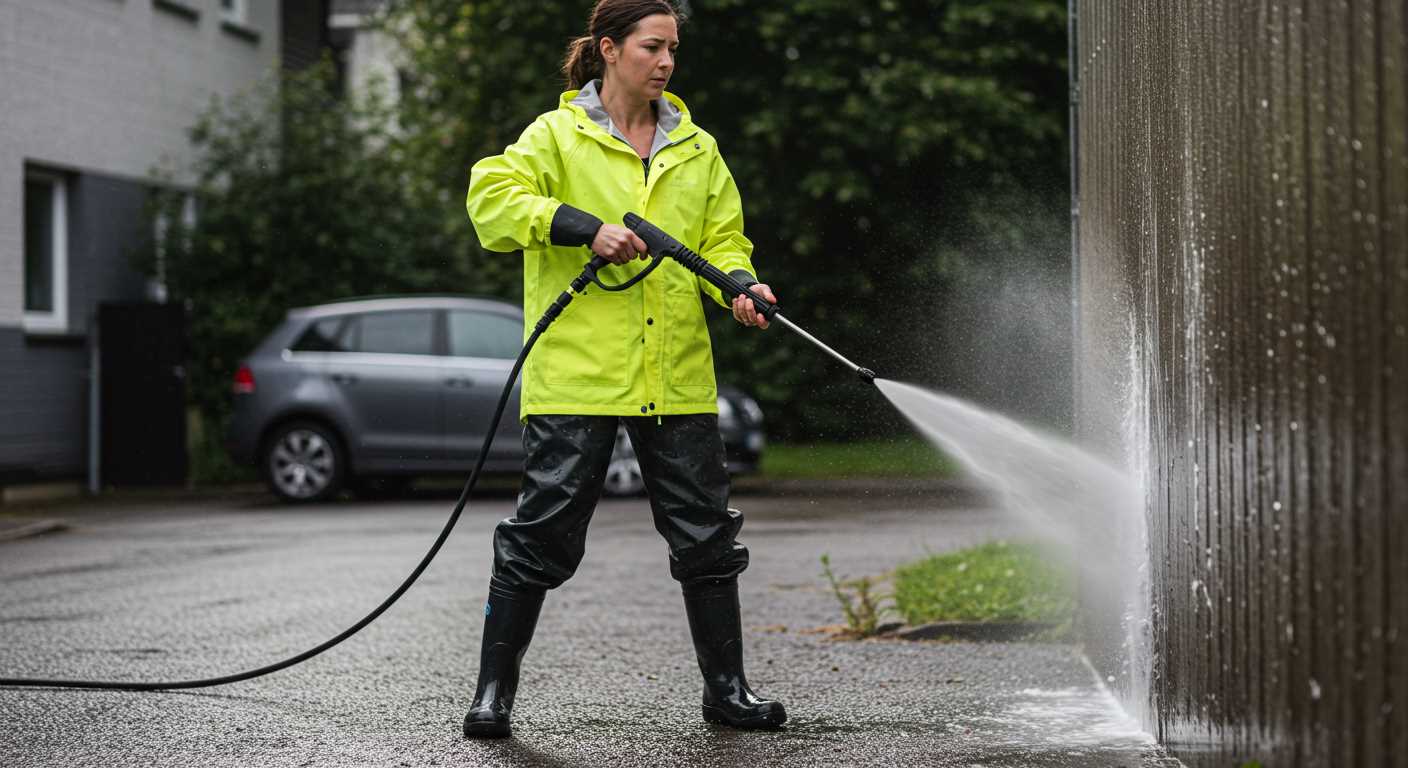
This component moves back and forth within the cylinder, creating pressure by compressing the water. Watch for signs of wear; a failing plunger can lead to diminished performance. Regular lubrication can extend its lifespan.
Valves
Inlet and outlet valves control water flow into and out of the pump. Proper functioning valves are crucial; damaged seals may lead to leaks and compromised efficiency. Inspect these parts for damage regularly.
Bypass System
This system allows water to recirculate within the pump when the trigger isn’t engaged, helping to maintain pressure. A malfunctioning bypass can cause overheating, so testing its function is wise.
Drive Mechanism
The drive mechanism, typically a belt or direct drive, connects the motor to the pump. Any slippage or misalignment can reduce efficiency significantly. Regular checks and adjustments can prevent lengthy repairs.
Understanding these components empowers quicker repairs, reducing downtime. Regular inspection of the pump ensures longevity and consistent performance.
Exploring the role of the spray gun and nozzles
The spray gun and nozzles serve pivotal functions in any cleaning device. A quality spray gun controls the flow and direction of the high-pressure stream, enabling precise application. Look for models with ergonomic designs that reduce fatigue during prolonged use; this feature is particularly advantageous during extensive cleaning tasks.
Nozzles significantly affect the cleaning process. Various types allow for specific applications. For instance, a zero-degree nozzle delivers a concentrated jet for tough stains, but care is necessary to avoid damage on delicate surfaces. On the other hand, a 25-degree nozzle provides a wider spray pattern suitable for washing cars and decks. Experimenting with different nozzles can yield optimal results based on the cleaning target.
Switching nozzles should be simple; many modern designs facilitate quick changes, reducing downtime. Additionally, some spray guns feature adjustable nozzles that allow you to modify the spray pattern without swapping attachments. This versatility aids in tackling various tasks efficiently, from rinsing to heavy-duty cleaning.
Take note of the material composition. Brass or metal fittings ensure durability and longevity, while plastic components tend to be lighter but may wear out more quickly. A well-constructed spray gun can withstand the rigours of extensive use, providing both reliability and comfort.
Maintenance of the spray gun and nozzles guarantees optimal performance. Routinely checking for clogs or damage will prevent unwanted interruptions during cleaning. Always store them properly after use to prolong their life.
Examining Hose Specifications and Materials
For optimal performance, select hoses made from high-grade PVC or rubber. These materials provide better resistance to abrasion and kinking, which can impair flow and reduce efficiency. A reinforced construction enhances durability, allowing for higher pressure ratings without compromising safety.
Understanding Length and Diameter
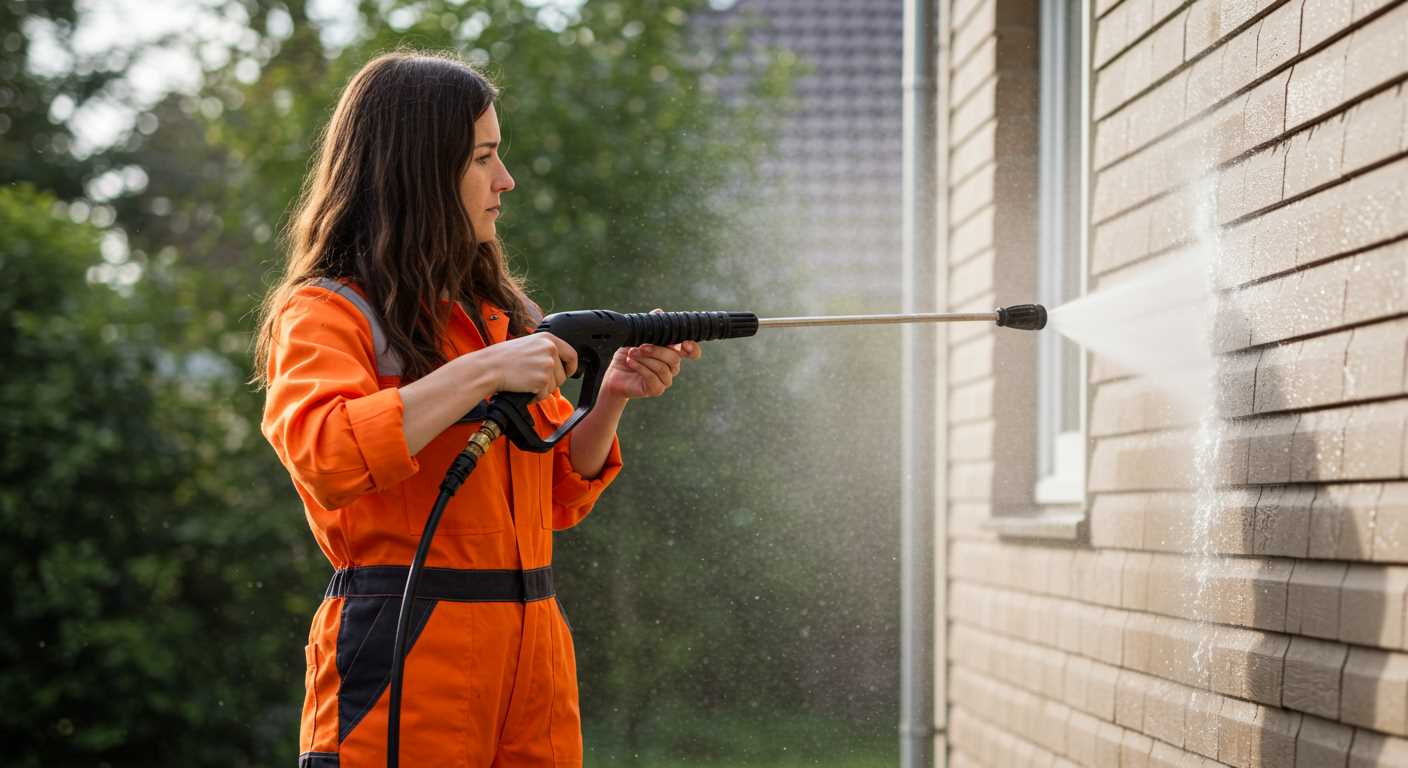
Standard hose lengths range from 20 to 50 feet. A longer hose offers flexibility in reach but may lead to a slight drop in pressure, especially if it’s narrow. For most tasks, a diameter of 1/4 inch is standard, but a thicker option of 3/8 inch can improve water flow, particularly for heavy-duty applications.
Temperature Resistance
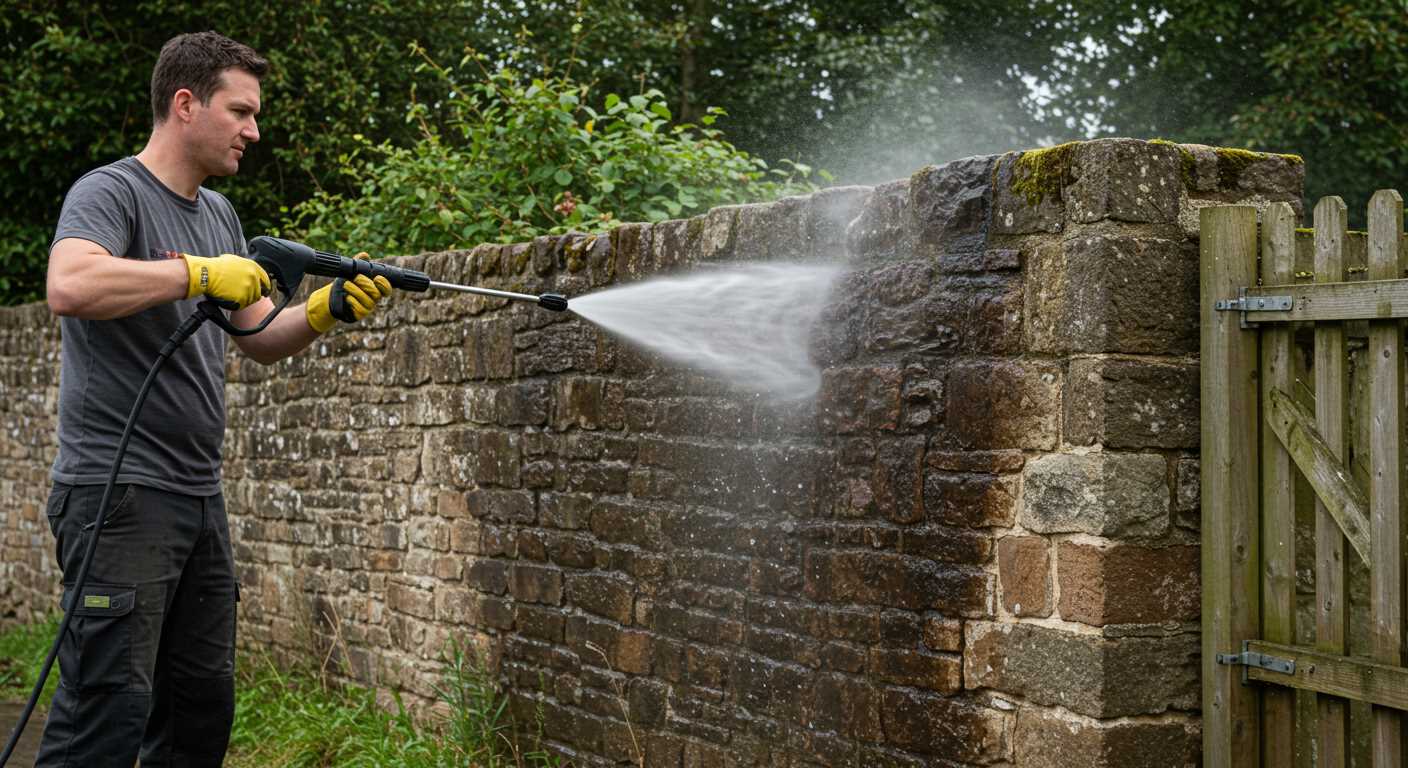
Look for hoses rated for heat, typically up to 100 degrees Celsius. This ensures that the hose can withstand the demands of hot water usage without degrading. Avoid materials that may burst or weaken under high temperatures, ensuring longevity and reliable operation.
Recognising the importance of the detergent tank
.jpg)
A detergent tank enhances cleaning outcomes significantly. It allows for the incorporation of various cleaning agents, making tasks more streamlined and effective. Here’s why this component should be prioritised:
- Enhanced Cleaning Power: Using the right detergent increases efficiency. Stains like oil, grease, and mould respond better to chemicals designed for specific materials.
- Convenience: Having a built-in tank simplifies the process. One can switch between rinsing and detergent application without needing extra tools or containers.
- Cost-Effectiveness: By utilising suitable detergents, I’ve noticed reduced time spent re-cleaning areas. This results in lower water consumption and fewer products wasted over time.
Choosing a model with an appropriate detergent tank capacity is key. Insufficient volume may lead to interruptions during cleaning, while excessively large tanks could add unnecessary bulk. I suggest considering the frequency and type of cleaning tasks to determine the ideal size.
Furthermore, check compatibility with various detergents. Some machines are specific about the types of cleaning agents that can be used. Proper adherence will ensure optimal performance and longevity of the equipment.
Maintenance of the detergent tank is equally crucial. Regular cleaning prevents the build-up of residue, which can affect performance. Always follow manufacturer guidelines for cleaning schedules and suitable materials for maintenance.
Evaluating the chassis and frame structure
To ensure longevity and optimal performance, focus on the construction and sturdiness of the chassis. A robust frame contributes significantly to stability, reducing vibrations that can cause wear over time. Look for units crafted from heavy-duty materials such as steel or reinforced plastic, which not only provide durability but also resist corrosion.
Assessing Weight and Portability
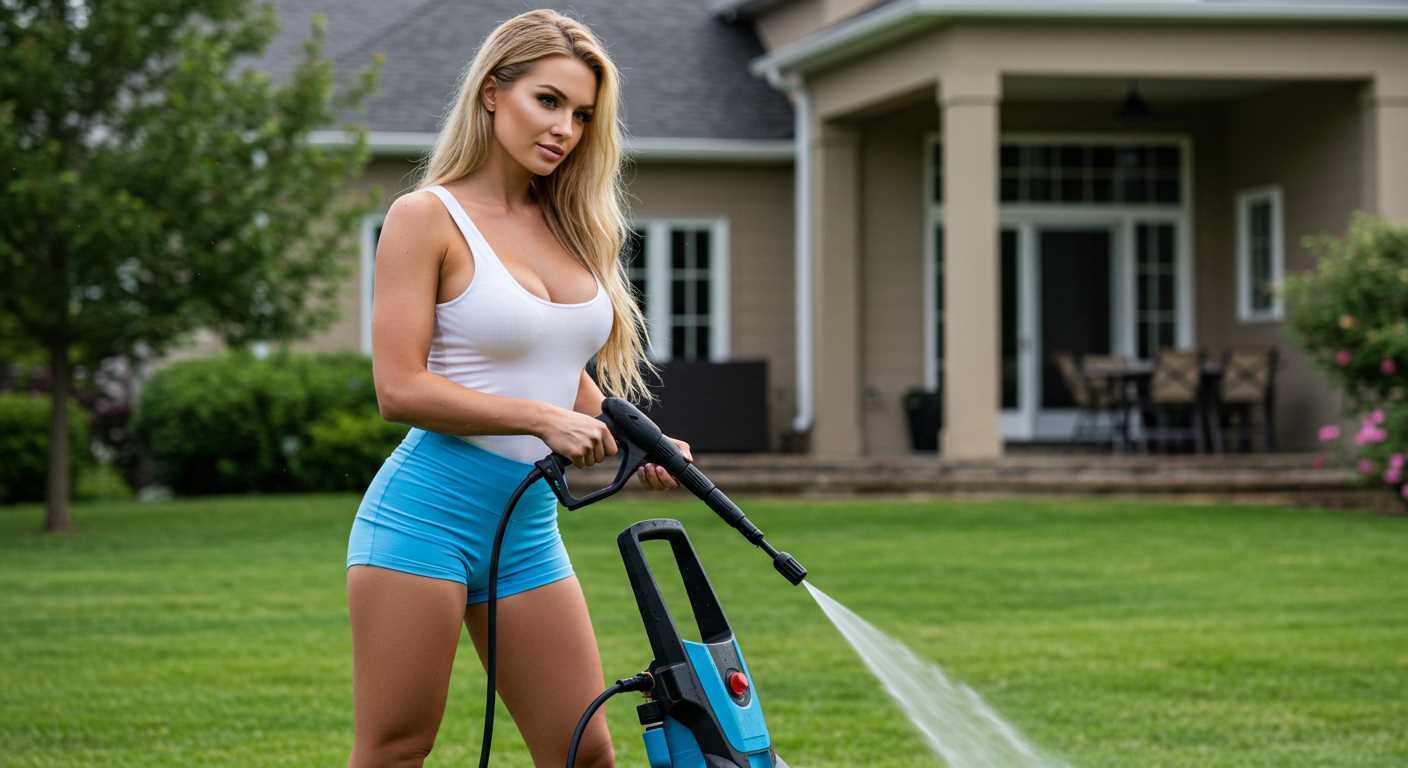
Consider the weight distribution of the machine. A heavier frame can offer better stability during operation, yet it may hinder mobility. Opt for a design that balances sturdiness with ease of transport, ideally incorporating wheels and an ergonomic handle. Transitional models that feature collapsible handles or compact designs are advantageous for storage.
Examining Mounting and Component Integration
Inspect how components are mounted to the chassis. A well-engineered layout will minimise vibrations and noise during use while providing easy access for maintenance. Pay attention to the mounting points for the motor and pump–these should be bolted firmly to prevent misalignment and potential damage. Where possible, opt for designs that facilitate quick disassembly, aiding in repairs and part replacements.
Understanding Safety Features and Their Uses
Always ensure the inclusion of automatic shut-off systems in your cleaning device. This feature cuts power when the trigger is not being engaged, preventing overheating and prolonging the lifespan of the unit. I’ve noticed that models equipped with this function are far less prone to mechanical failures.
Another critical aspect involves leak-proof connections. Investing in units with high-quality hose fittings significantly reduces the chances of accidental water escape, which not only protects the equipment but also enhances user safety.
Ergonomic Design Considerations
I recommend looking for models designed with comfort in mind. A well-balanced machine reduces user fatigue and minimises the risk of accidents during operation. Grip handles with anti-slip materials contribute significantly to better control and handling.
Pressure Limit Control
Pressure adjustment settings allow users to modify the intensity according to the task. This feature is particularly beneficial for delicate surfaces, enabling safer cleaning without causing damage. Always test these settings before full operation to ensure optimal results and safety.







